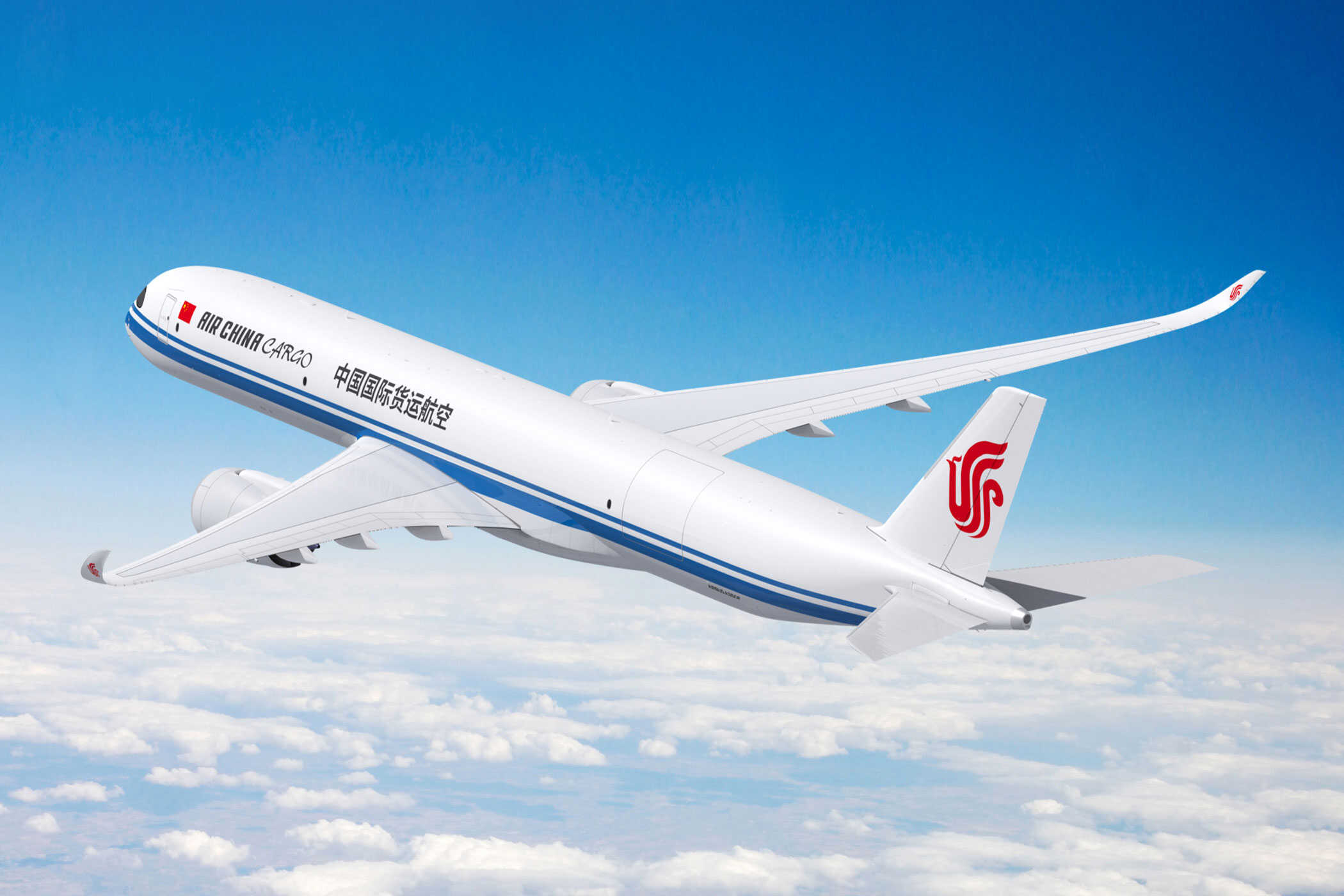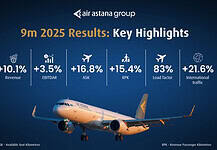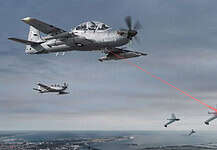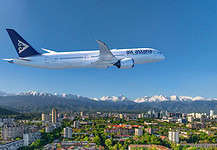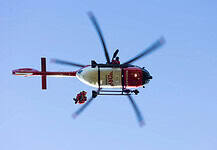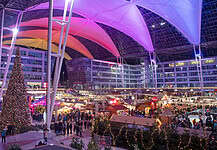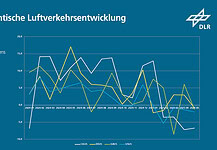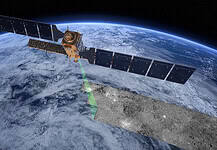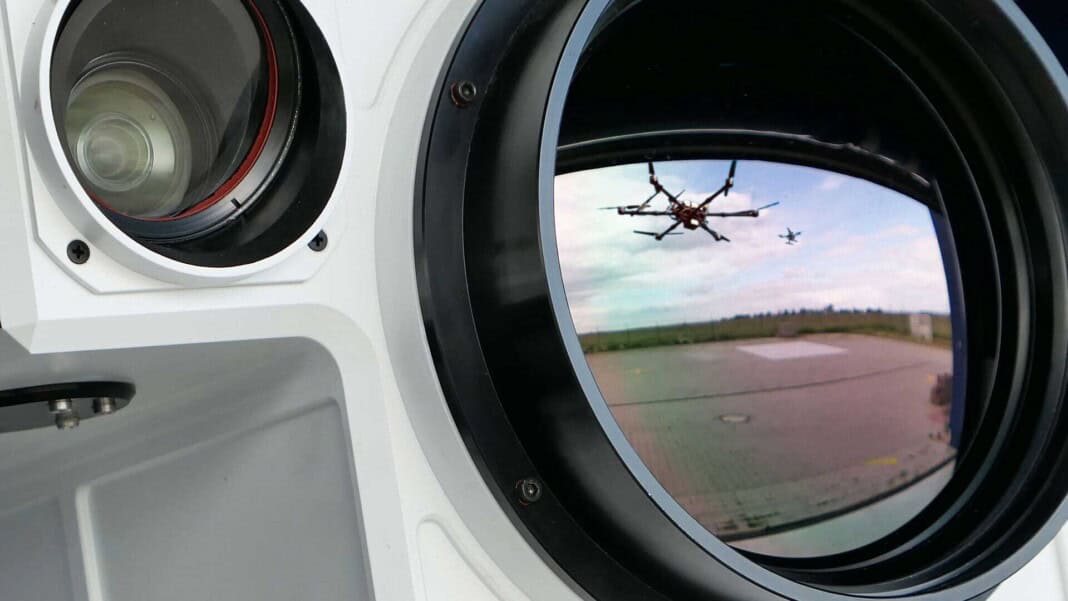
This site is also available on:
Deutsch
The presence of unwanted drones near sensitive locations such as airports, critical infrastructure, or major events poses an increasing security challenge. While the rapid proliferation and technical advancement of drone technology opens up numerous civilian and commercial applications, it also leads to new security risks. Unwanted drones can be used not only for surveillance but even as tools for attacks. Against this backdrop, the German Aerospace Center (DLR) has initiated intensive research to develop and optimize technologies for drone detection and counter-drone protection. The goal is to develop effective measures that can detect unwanted drones early, reliably neutralize them, and thus minimize potential threats to people and infrastructure.
Advances in detecting and tracking unwanted drones
The first step in effective drone defense is the rapid and precise detection of the aircraft. Modern systems utilize a multi-sensor concept that combines radar, acoustic, optical, and radio frequency sensors. These sensors enable the detection, classification, and real-time tracking of individual drones and swarms of drones. The data collected by the sensors is fed to a situation center, where it is compiled and evaluated to generate a clear situation overview. There, not only is a drone identified, but its navigation route and possible intentions are also analyzed. Particularly in areas with critical infrastructure, reliable situational awareness is of paramount importance for ensuring protection and security. The technical challenge lies in reliably detecting and tracking drones even in complex urban environments or when subject to interference from other electronic devices.
The importance of precise detection is also underscored by the increasing number of drone deployments in various fields. Unmanned aerial vehicles are used for the delivery of goods, disaster relief operations, and infrastructure inspections, making it necessary to differentiate between permitted and unpermitted flights. DLR is therefore working on innovative sensors and algorithms that enable this distinction in real time while minimizing the error rate. The integration of artificial intelligence supports the evaluation of large amounts of data and thus improves the accuracy of drone detection.
Technological solutions for drone defense
In addition to detection, the effective disarming or neutralization of unwanted drones is a focus of research and development. DLR is employing various measures that can be adapted to the situation and security situation. Of particular note are interceptor drones, which operate autonomously and specifically locate, track, and neutralize hostile or disruptive aircraft.
DLR’s interceptor drones are equipped with modern sensors that allow them to identify drones in their surroundings and perform precise flight maneuvers. Tested scenarios have shown that such an interceptor drone is capable of capturing a foreign drone in mid-air or causing it to crash through targeted collisions. This procedure is one of the most effective methods, as it allows unwanted drones to be immediately and physically disabled without causing damage to the surrounding area.
Another important approach is the use of jamming signals, such as targeted jamming technologies that affect the drones’ navigation or communication signals. This can disrupt the GPS signal or interrupt the radio connection to the remote control, forcing the drone to land automatically or terminate its flight. This technology enables contactless and risk-minimized neutralization, particularly in densely populated or highly sensitive areas.
The CUSTODIAN project brings together various DLR research indices for the development of holistic systems for the detection, interception, and neutralization of drones. These technologies have already been successfully deployed at the National Test Center for Unmanned Aerial Systems in Cochstedt and offer numerous opportunities for continuously improving drone defense.
Challenges and perspectives in drone defense
Despite significant progress in detection and neutralization, numerous challenges remain. The diversity of drone types with different flight profiles, size scales, and features makes a universally applicable solution difficult. Furthermore, operational areas such as airports demand high security standards, where even the smallest malfunctions can have catastrophic consequences. Therefore, the operation of interceptor drones and jamming systems requires precise coordination and integration into existing security concepts.
Another problem is the legal situation, as the interception and jamming of drones can have far-reaching consequences for air traffic and data protection law. Authorities, operators, and researchers are in close dialogue to develop appropriate regulations that ensure the protection of the public and critical facilities while simultaneously allowing for innovative technologies.
Research at DLR also places a special emphasis on drone resilience to interference, as even legally licensed unmanned aircraft must be protected from disruption. The Drone Competence Center at Cochstedt Airport offers optimal conditions for testing the use of a wide variety of drones under realistic conditions and for further developing targeted countermeasures.
In the long term, drone defense systems are expected to become increasingly automated and networked. This will enable reliable detection and neutralization not only of individual drones but also of swarms. The integration of advanced artificial intelligence and big data analytics will contribute significantly to success. Furthermore, synergies will be leveraged by combining civilian and military defense strategies to cover a broad range of threats.
Conclusion
The neutralization of unwanted drones is a complex and dynamic issue that is becoming increasingly relevant given the growing importance of unmanned aircraft. The measures are based on a multi-stage approach, beginning with comprehensive detection and situational awareness through to targeted and safe neutralization. The German Aerospace Center (DLR) is making an important contribution to the development of innovative technologies that can be used at airports, near critical infrastructure, or at major events. Interceptor drones, defense systems with jamming signals, and a powerful sensor and situation awareness system together form an effective protection concept.
Through intensive research, practical testing, and ongoing dialogue with authorities and public and private stakeholders, drone defense is constantly being improved. The result is flexible and scalable solutions that meet the diverse requirements of modern security architectures. In this way, DLR not only ensures airspace security but also contributes to sustainably strengthening trust in unmanned aviation technologies.

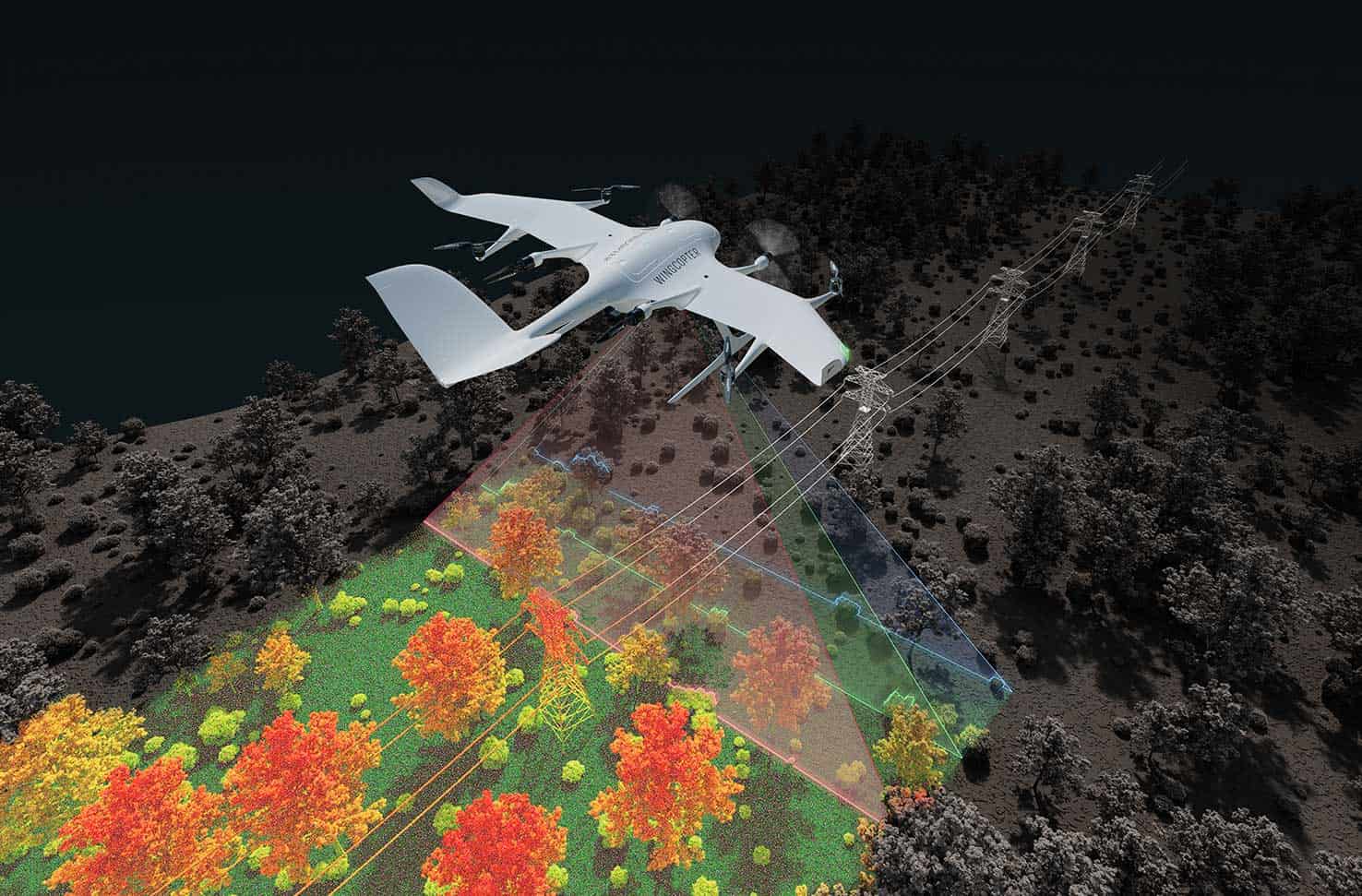 Wingcopter introduces new LiDAR survey drones (Wingcopter introduces new LiDAR survey drones)
Wingcopter introduces new LiDAR survey drones (Wingcopter introduces new LiDAR survey drones) Rotor R550 Sprayhawk UAV receives approval in Brazil (Rotor R550 Sprayhawk UAV receives approval in Brazil)
Rotor R550 Sprayhawk UAV receives approval in Brazil (Rotor R550 Sprayhawk UAV receives approval in Brazil)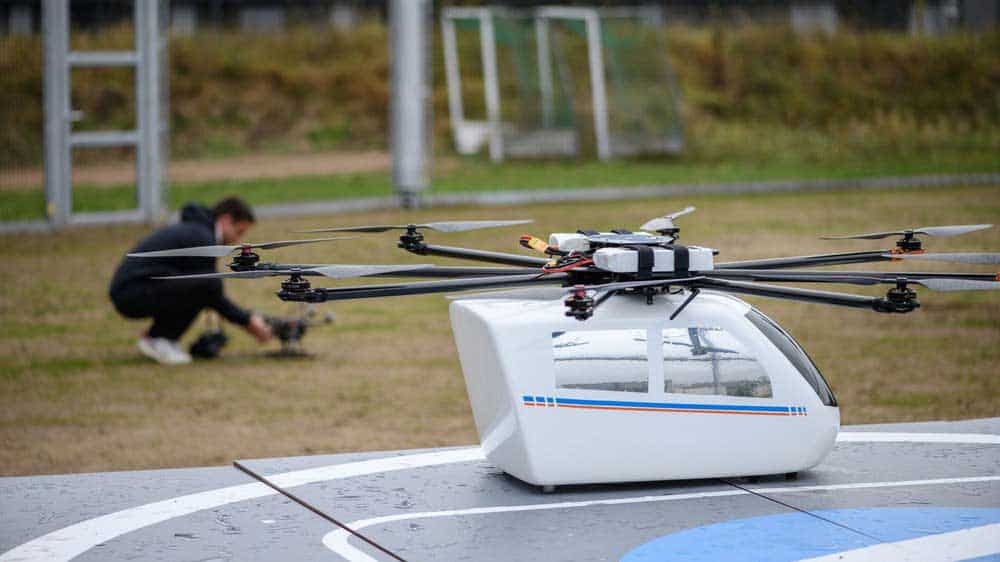 Flybots initiative by DLR and TU Braunschweig: Prototypes in a safe cage (Flybots initiative by DLR and TU Braunschweig: Prototypes in a safe cage)
Flybots initiative by DLR and TU Braunschweig: Prototypes in a safe cage (Flybots initiative by DLR and TU Braunschweig: Prototypes in a safe cage)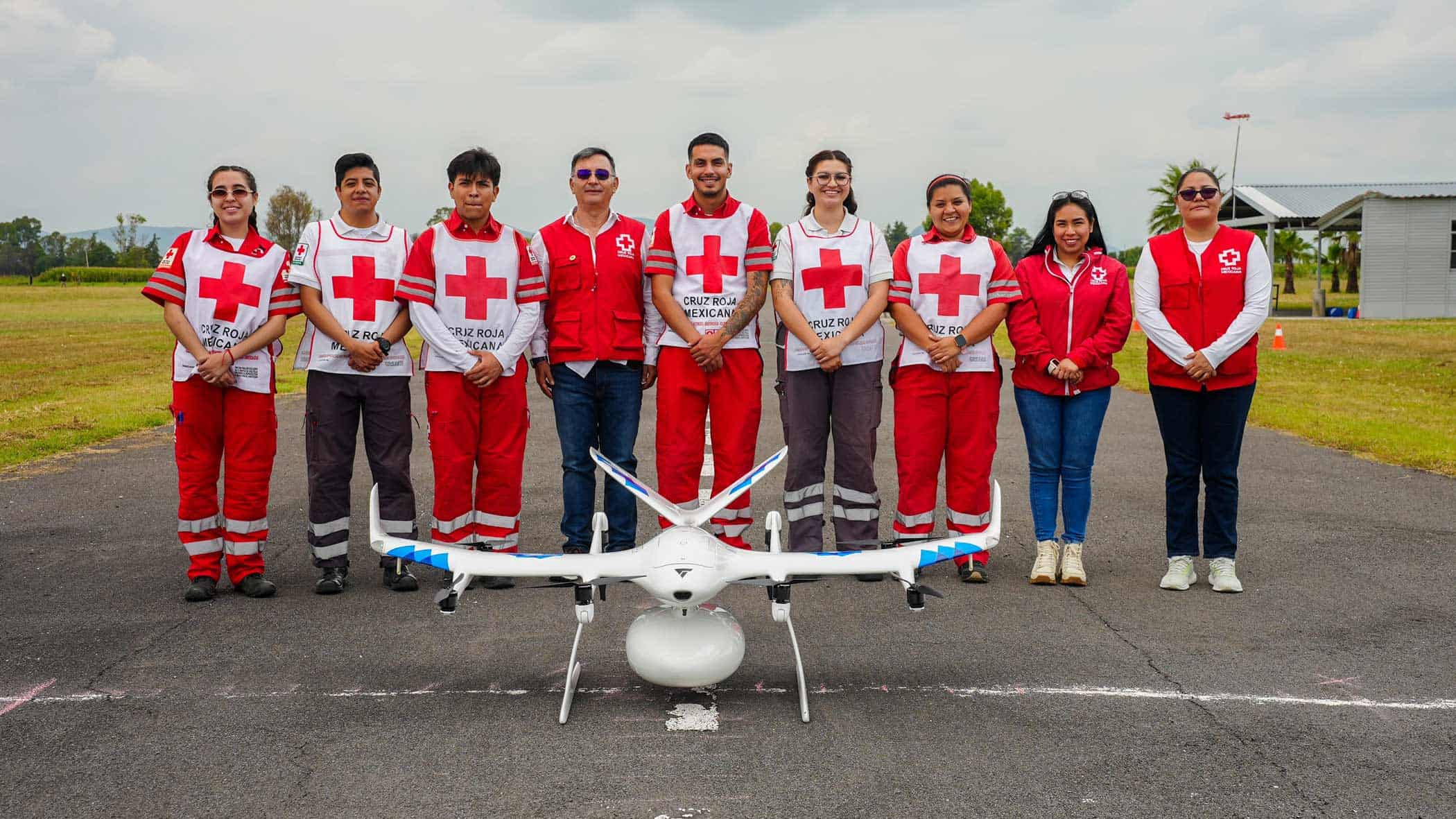 Drones used to provide medical care in Mexico (Drones used to provide medical care in Mexico)
Drones used to provide medical care in Mexico (Drones used to provide medical care in Mexico)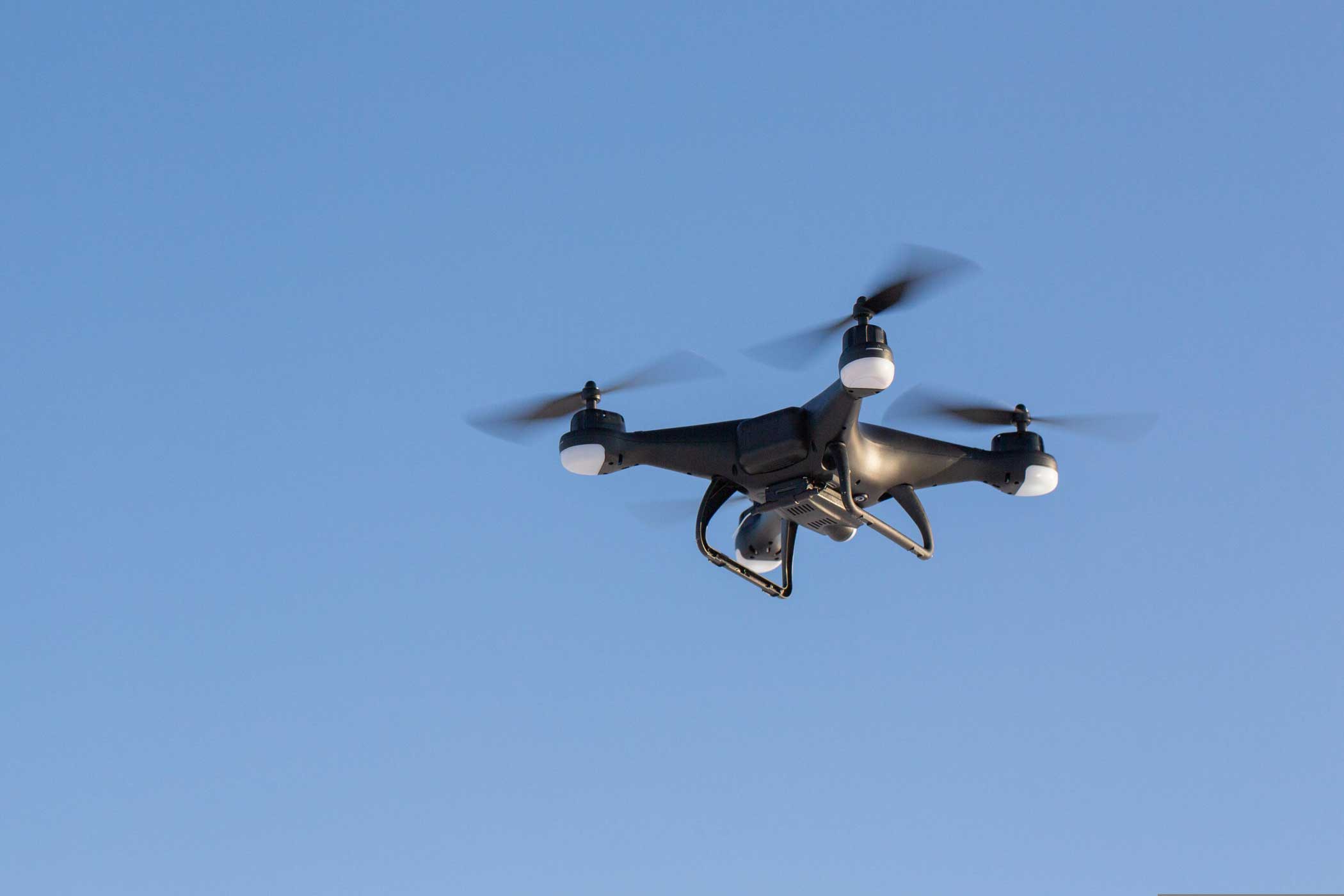 Drones at German airports: DLR analysis of drone incidents (Drones at German airports: DLR analysis of drone incidents)
Drones at German airports: DLR analysis of drone incidents (Drones at German airports: DLR analysis of drone incidents)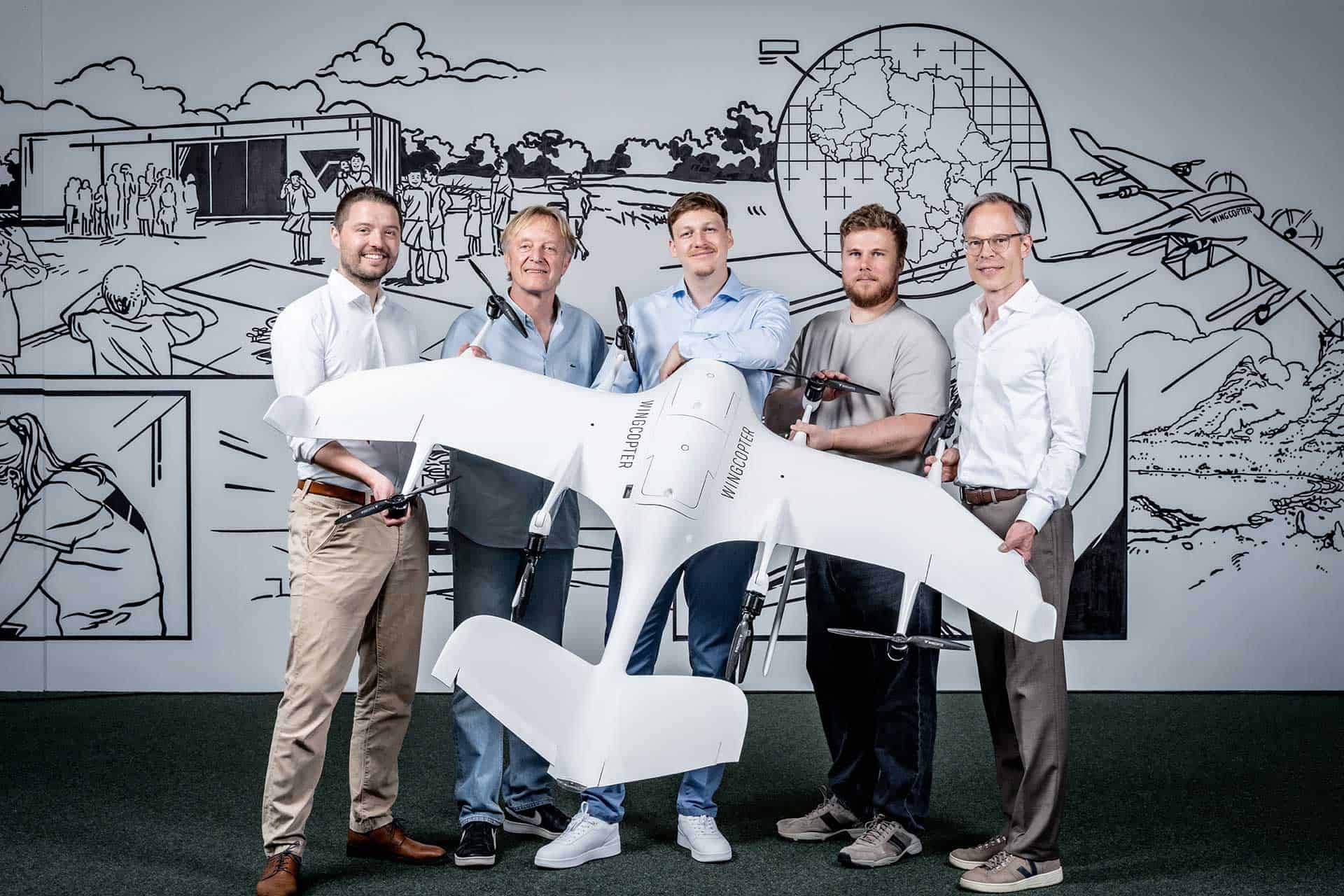 Drone start-up Wingcopter wins new investor (Drone start-up Wingcopter wins new investor)
Drone start-up Wingcopter wins new investor (Drone start-up Wingcopter wins new investor)




